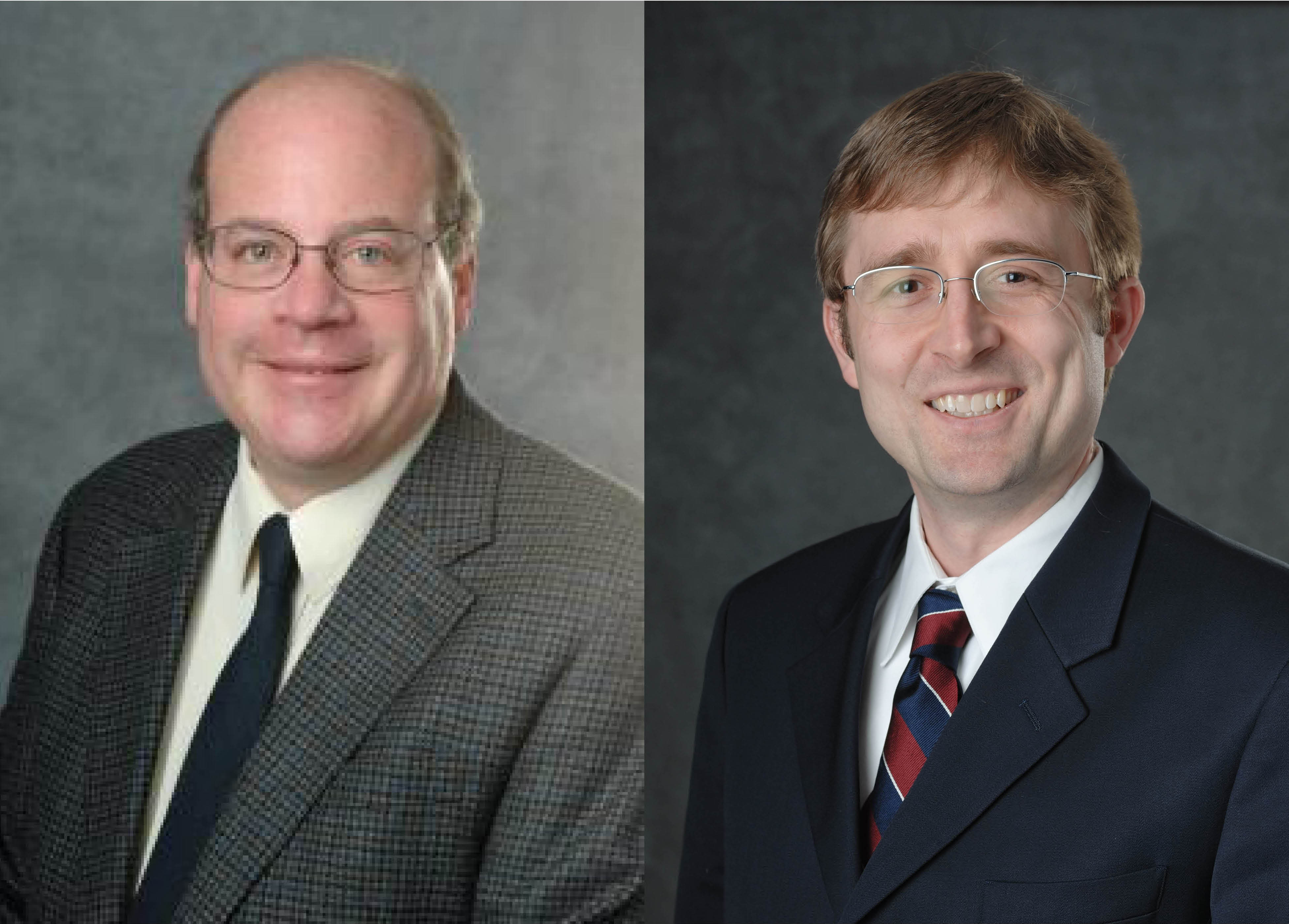MSU Team Leads Effort to Find Long-Term Plan for Biosolid Residual Materials
BAE Associate Professors Dr. Steven Safferman and Dr. Chris Saffron join partners WM, NEFCO, City of Detroit, and GLWA to find a long-term solution to use biosolids residual materials

The City of Detroit has one of the largest, single-location wastewater treatment facilities in the country, which produces a large amount of biosolid residual material as a byproduct. The Great Lakes Water Authority (GLWA) Water Resource Recovery Facility partnered with Michigan State University (MSU) to support their long-term plan to best use the biosolid residual materials. Additional partners like WM, NEFCO, and the City of Detroit were influential in determining the success of the project. The team from MSU, led by Biosystems and Agricultural Engineering (BAE) Associate Professors Dr. Steven Safferman and Dr. Chris Saffron and Dr. Umesh Adhikari, post-doctoral associate at the time the project was being conducted, provided clear research to compare methods of treatment for continued evaluation.

(Left: Steven Safferman. Right: Chris Saffron)
Great Lakes Water Authority greatly appreciates the opportunity to collaborate with multiple partners, including academics, to understand these new technologies and to develop our team members capabilities and capacity, Says Dr. John Norton, Director of Energy, Research, and Innovation with GLWA. Even a failed project can help us understand technologies and processes that we should not pursue.
Three biosolids treatment methods were evaluated for this project: anaerobic digestor, pyrolysis, and anaerobic digestion followed by pyrolysis. For the anaerobic digestion approach, mixing biosolids and food waste together, including utilizing a 3rd party to prepare the food waste, were considered. Each option involved different partners to create the desired finished product, energy, and beneficial byproducts. Projects on this scale are a large investment with a long payoff period and this is the first project of its kind in Detroit so it was key to consider all methods. Safferman's team put together a step-by-step assessment and methodical evaluation of each individual process to present to the GLWA and recommend the best outcome for the biosolids.
Anaerobic digesters use microorganisms to make biogas that can then be turned into energy. Pyrolysis is a process that uses high temperatures with no oxygen to create energy. In the evaluation of the paralysis method, the first step was to conduct paper studies and models to reduce potential variables. The next step is to conduct lab-scale experiments to reduce variables further.
'the use of pyrolysis to manage biosolids is unique and offers both potential advantages and challenges. We were very excited to have the opportunity to thoroughly research and compare to the more traditional anaerobic digestion approach Safferman said.
To evaluate the anaerobic digestion method, paper, and lab-scale studies were conducted. Finally, they built a pilot model and sent that to the City of Detroit for further evaluation.
Our anaerobic digestion evaluation was comprehensive, using our expertise and decision tools that we developed over the last 15 years. This enabled a high-level engineering estimate of costs and benefits. Safferman said.
The method of mixing biosolids and food waste was also evaluated. The team determined that partnering with WM could be very beneficial. They have four commercial food waste processing facilities throughout the country. We examined the possibility of using this technology in Detroit.
WM is focused every day on helping our customers extract more value from the waste stream, said Dan Hagen, Director of Business Development WM Organics Recycling. We were excited to support this great partnership, using our established proprietary methodology for organics recycling, which is designed to convert food waste into a clean, renewable energy source. This initiative marks a significant step forward toward achieving the GLWA's long-term sustainability goals of recycling organic waste and increasing the use of renewable energy.
Decision support modeling, emissions savings, capital costs, and operational costs for each method were put together and presented to the GLWA. For the three methods, each is energy positive, which can be used to offset the energy cost to treat Detroit's wastewater. The addition of food wastes in the anaerobic digestion process by WM has the potential to significantly increase renewable energy production. There were different costs compared to building a digestor or pyrolysis unit, such as shipping and different energy needs, that were included in the evaluation process. Additional factors that were also considered were safety, complexity, and project footprint.
Zhongyu Zhang, one of Dr. Saffron's graduate students, received the Kent Taylor Scholarship that is helping create a publishable result that will be available to other municipals interested in biosolid treatment options. While the idea of using biosolids to create energy is not new, the methodical approach and time spent with modeling and research to reduce variables and potential risks are unique.
'this applied research project was a great partnership between the University, a municipality, private industry, and a Department donor. Results will help the GLWA make the best long-term decision and contributes to the state-of-the-art in biosolids management, one of the most expensive components of treating domestic wastewater. Safferman said.



 Print
Print Email
Email



